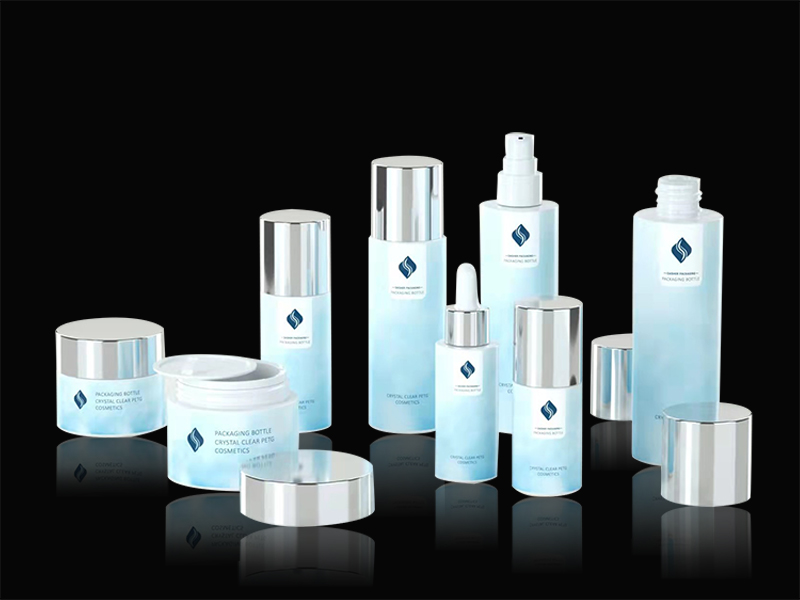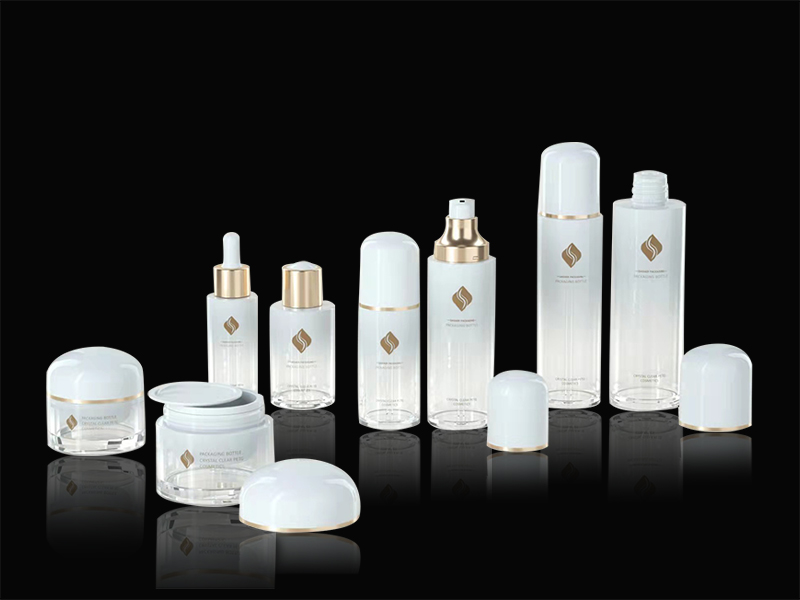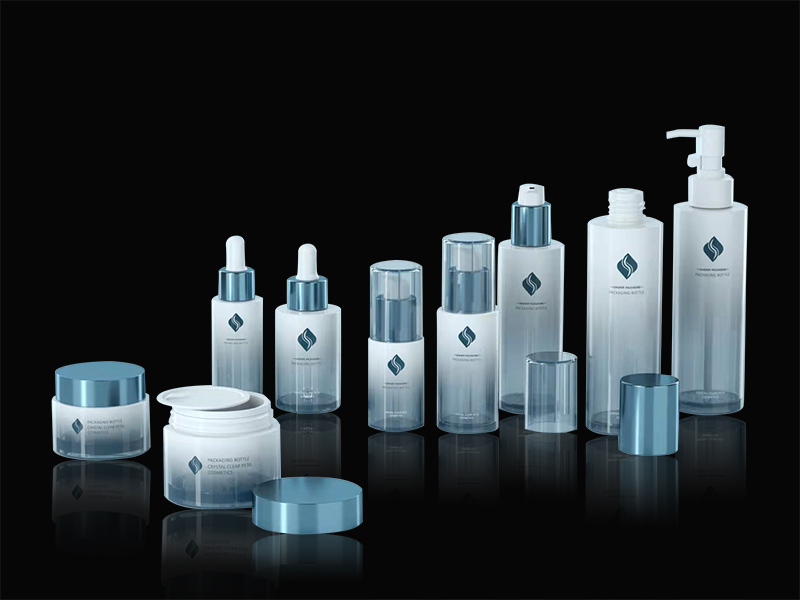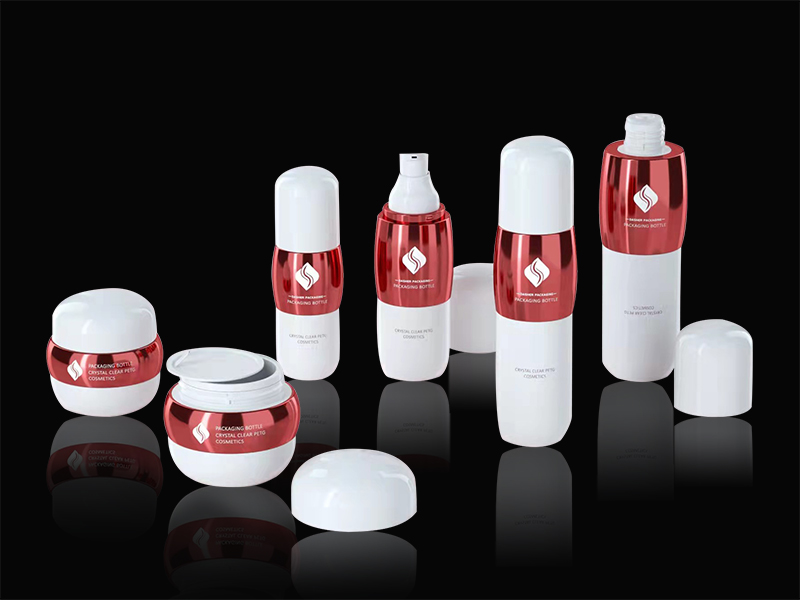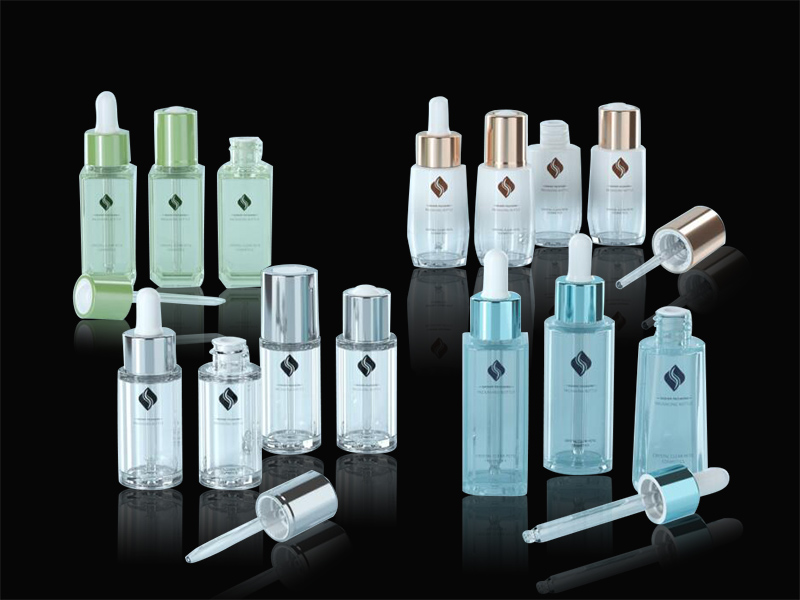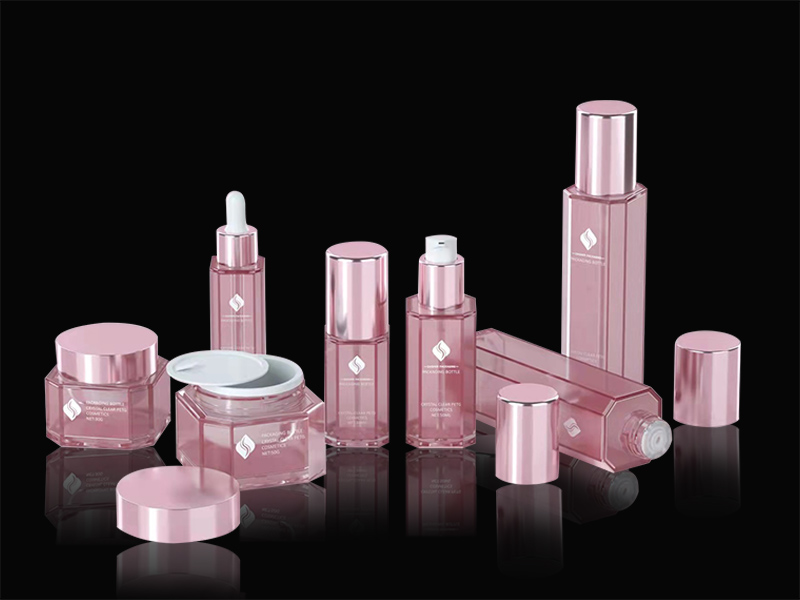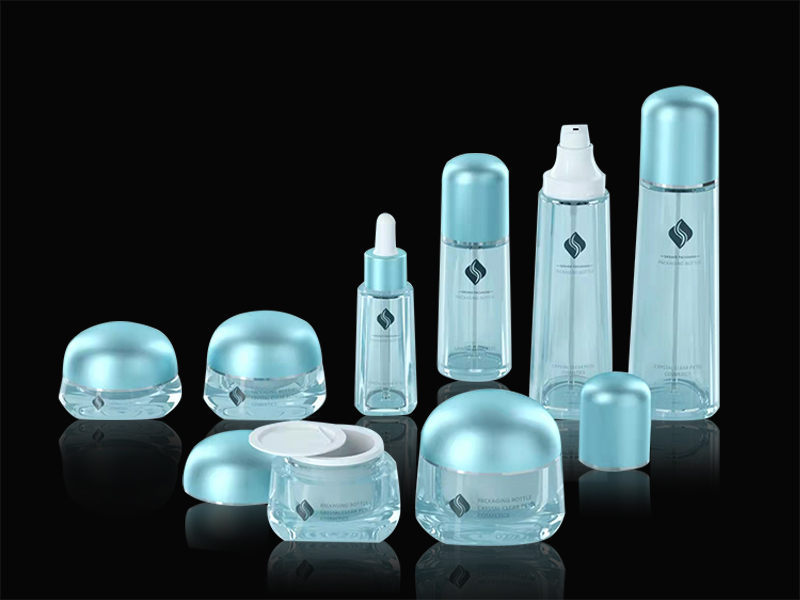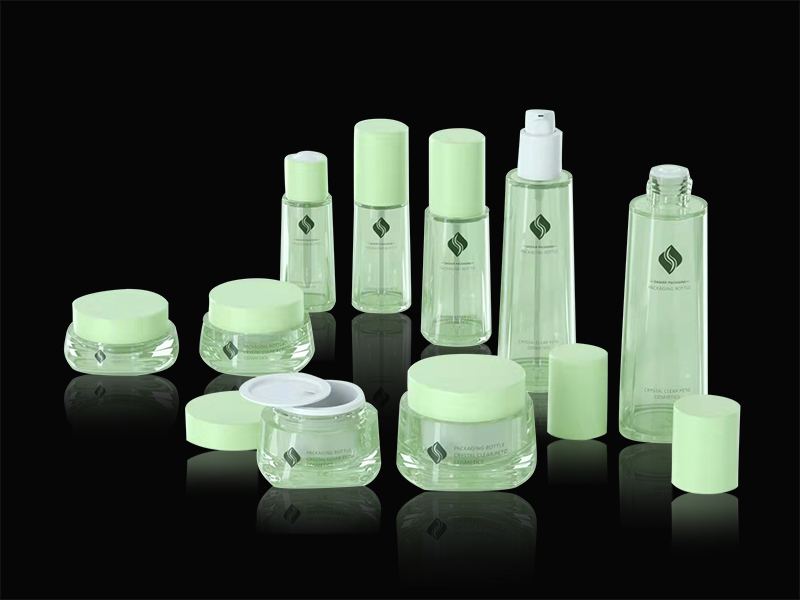problem
When designing extruded plastic bottles, if the material is high density polyethylene or polypropylene, the cross section of the plastic bottle should be rectangular or elliptical. For low density polyethylene or other flexible plastic bottles, the horizontal The cross section is preferably a circle. This facilitates the extrusion of the contents from the plastic bottle. The plastic parts used in conjunction with the plastic bottle mouth are mainly caps and seals. The design of the plastic bottle mouth should focus on how to make the plastic bottle mouth better fit the lid and sealer. The bottom of the plastic bottle is the weak part of the mechanical properties of the plastic bottle. Therefore, the bottom of the plastic bottle is generally designed to be concave; the corners of the plastic bottle and the concave portion are excessively curved. In order to facilitate the stacking of plastic bottles, the stacking stability of the plastic bottles is increased, and the bottom of the plastic bottles should be designed with inner grooves.
When the surface of the plastic bottle is marked, the surface of the label should be flat. A “sash” can be designed on the surface of the plastic bottle to make the label accurately positioned without moving. At the time of blow molding, the portion where the parison inflates first contacts always tends to be hardened first. Therefore, the wall thickness of this part is also larger. The edge and the corner portion are the portions of the final contact of the parison, and the wall thickness of the portion is small. Therefore, the edges and horns of the plastic bottle should be designed to be rounded. Changing the surface shape of the plastic bottle, such as the middle of the plastic bottle is relatively thin, increasing the circumferential groove or rib of the surface of the plastic bottle, which can improve the rigidity and bending resistance of the plastic bottle. Longitudinal grooves or ribs eliminate the offset, sagging or deformation of the plastic bottle under long-term load.
The printed surface of the plastic bottle is the most concentrated part of the consumer's attention. The printing surface should be flat and continuous; if the plastic bottle contains handles, grooves, ribs, etc., the design should be careful not to cause inconvenience to the printing operation. Elliptical plastic bottles have higher stiffness, but the manufacturing cost of the mold is higher. Therefore, in order to ensure the rigidity of the plastic bottle, in addition to selecting a material with high rigidity, the shape of the plastic bottle is also designed to enhance the rigidity and load resistance of the plastic bottle.
Since most plastics have notch sensitivity, plastic bottles are prone to cracks and cracks at sharp corners, roots of the mouth threads, necks, etc., so these parts should be designed to be rounded. For the transfer of rectangular plastic bottles, it is necessary to support most of the load of the plastic bottle, so locally increase the wall thickness at this place, and also help to improve the rigidity and load resistance of the plastic bottle.

